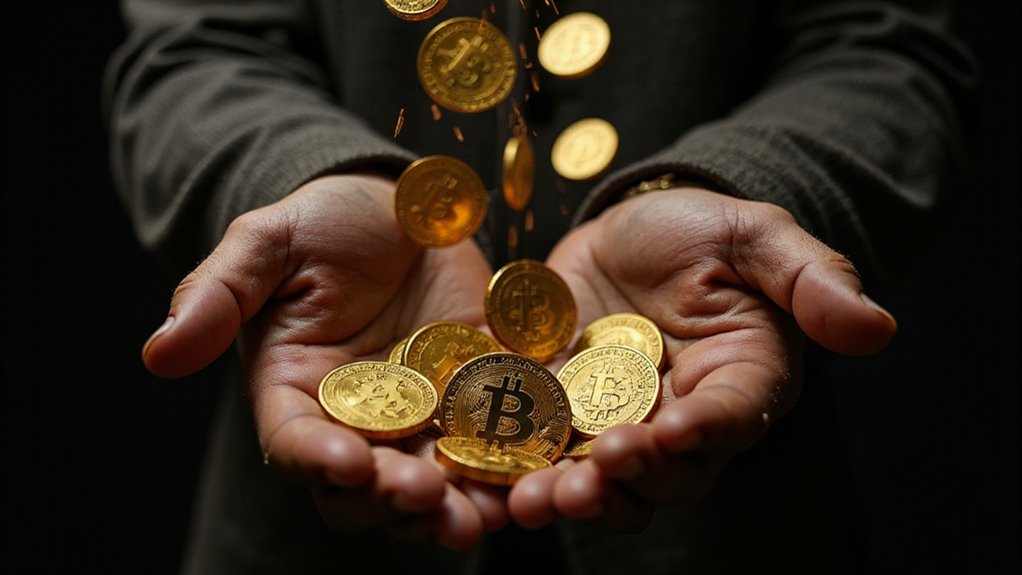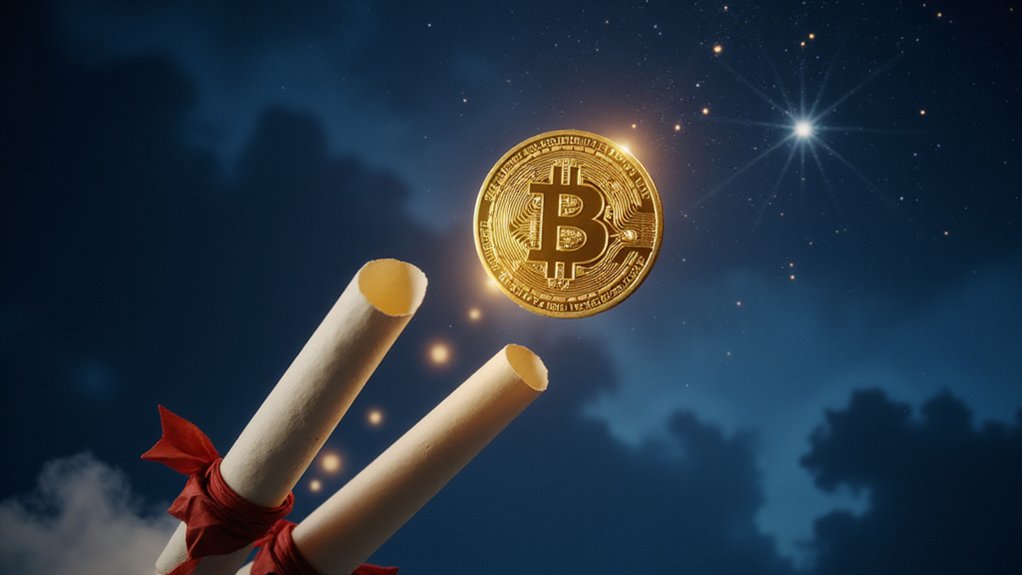While most modern monetary systems operate under the peculiar assumption that scarcity is a problem to be solved through unlimited money printing, Bitcoin represents a deliberate return to the radical notion that money should actually be scarce. The protocol’s immutable 21 million coin cap stands as perhaps the most audacious monetary experiment since the gold standard—a hard-coded rejection of the inflationary impulses that have plagued fiat currencies for decades.
The mechanics of this scarcity are deceptively simple yet functionally ironclad. Bitcoin’s supply limit isn’t merely a suggestion embedded in documentation; it’s woven into the very fabric of the network’s consensus mechanism. Altering this fundamental rule would require something approaching unanimous agreement among miners, node operators, and users scattered across the globe—a coordination feat that makes herding cats look like a trivial administrative task. This network integrity is maintained through the continuous verification process where miners solve complex mathematical puzzles to validate transactions and secure the blockchain.
Consider the sheer implausibility of achieving such consensus. Any attempt to modify the supply cap would necessitate a hard fork, effectively splitting the network and creating two competing versions of Bitcoin. The original chain would likely retain the loyalty of purists who view the 21 million limit as sacrosanct, while the modified version would face immediate skepticism from markets that have priced Bitcoin based on its scarcity premium. This isn’t theoretical speculation; the community has historically demonstrated fierce resistance to fundamental protocol changes.
Changing Bitcoin’s supply cap would fracture the network, creating competing chains where markets favor scarcity over inflation.
The economic rationale underlying this immutability extends beyond mere technical constraints. Bitcoin’s value proposition rests squarely on its credible commitment to resist monetary debasement—the same debasement that has eroded purchasing power across traditional currencies. Scarcity creates value through basic supply-demand dynamics, but in Bitcoin’s case, it also serves as a philosophical statement about the nature of sound money. Unlike precious metals that can be mined in increasing quantities with technological advancement, Bitcoin offers digital scarcity that remains mathematically predictable regardless of external pressures. The fundamental economic principle demonstrates that limited resources naturally command higher value, making Bitcoin’s capped supply a critical component of its long-term valuation model.
Ironically, the effective supply may already be lower than 21 million due to permanently lost bitcoins—wallets forgotten, private keys misplaced, hard drives discarded. These losses don’t violate the supply cap but create additional functional scarcity, potentially enhancing the value of remaining accessible coins. The protocol cannot compensate for such losses by minting additional bitcoins, further reinforcing the absolute nature of the scarcity rule that defines Bitcoin’s monetary character.









